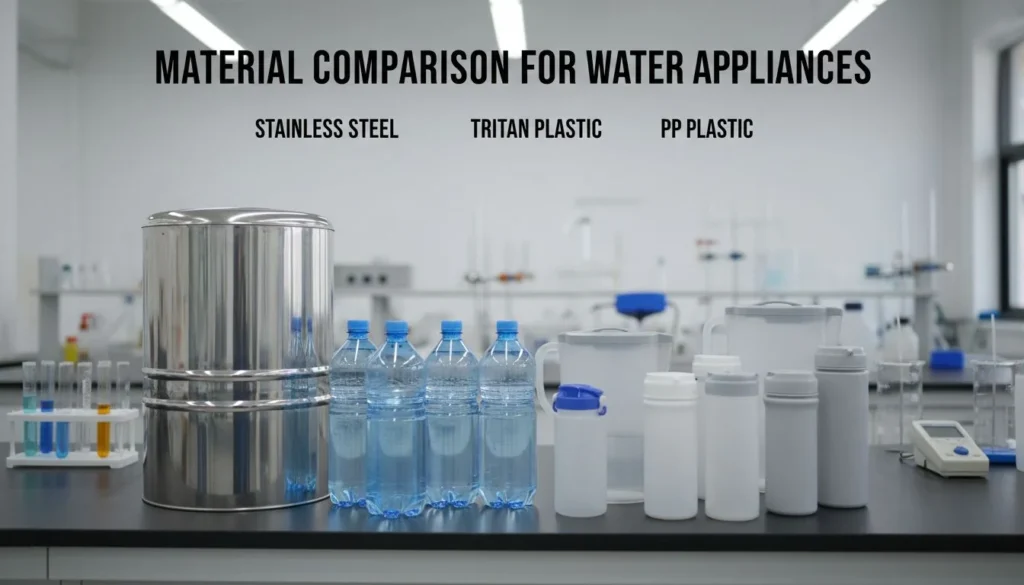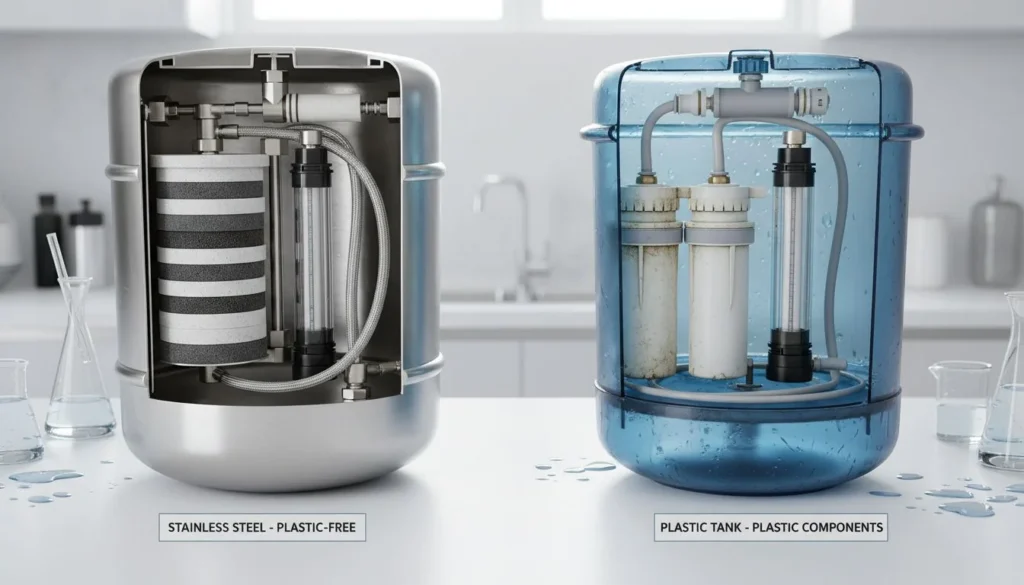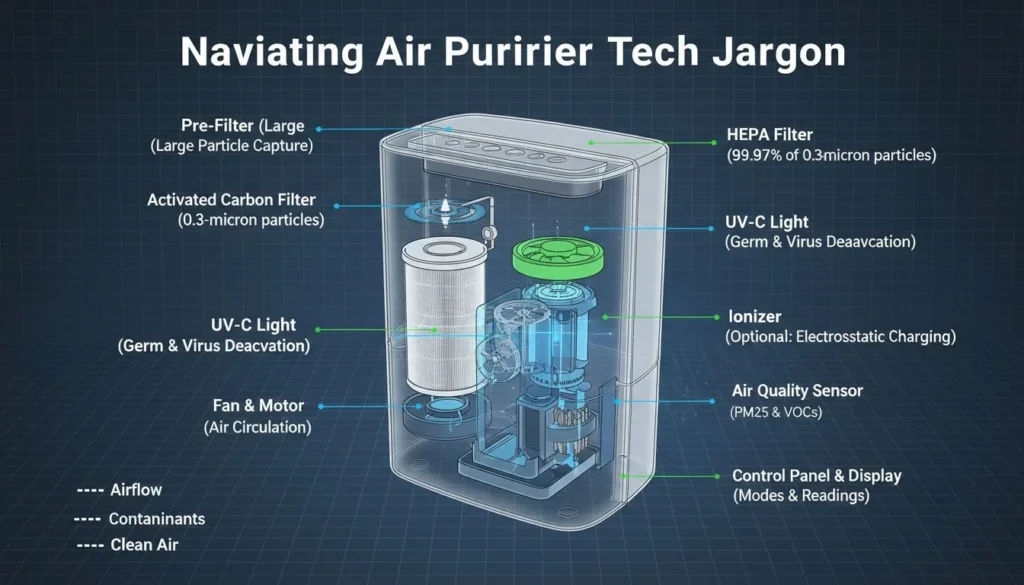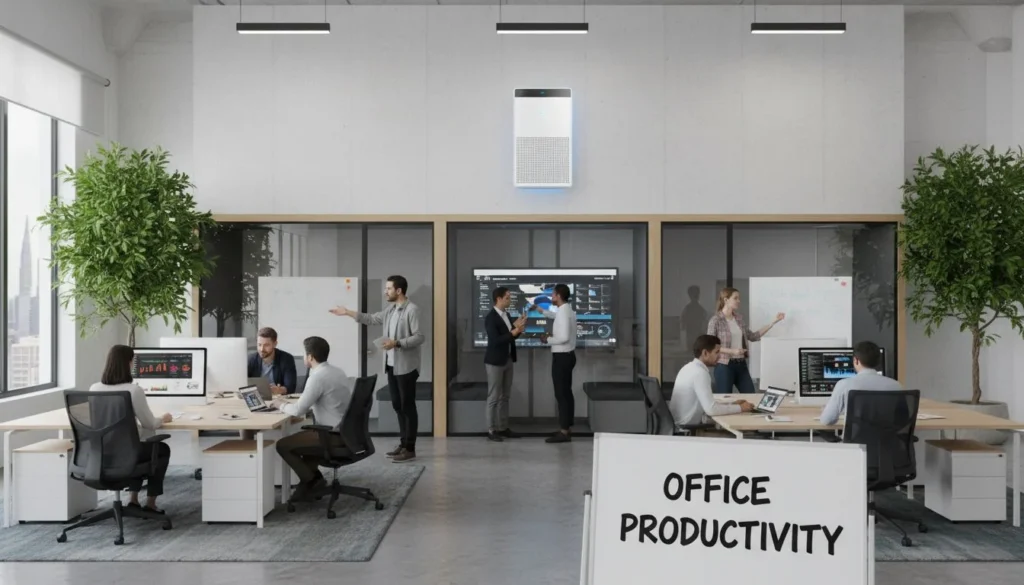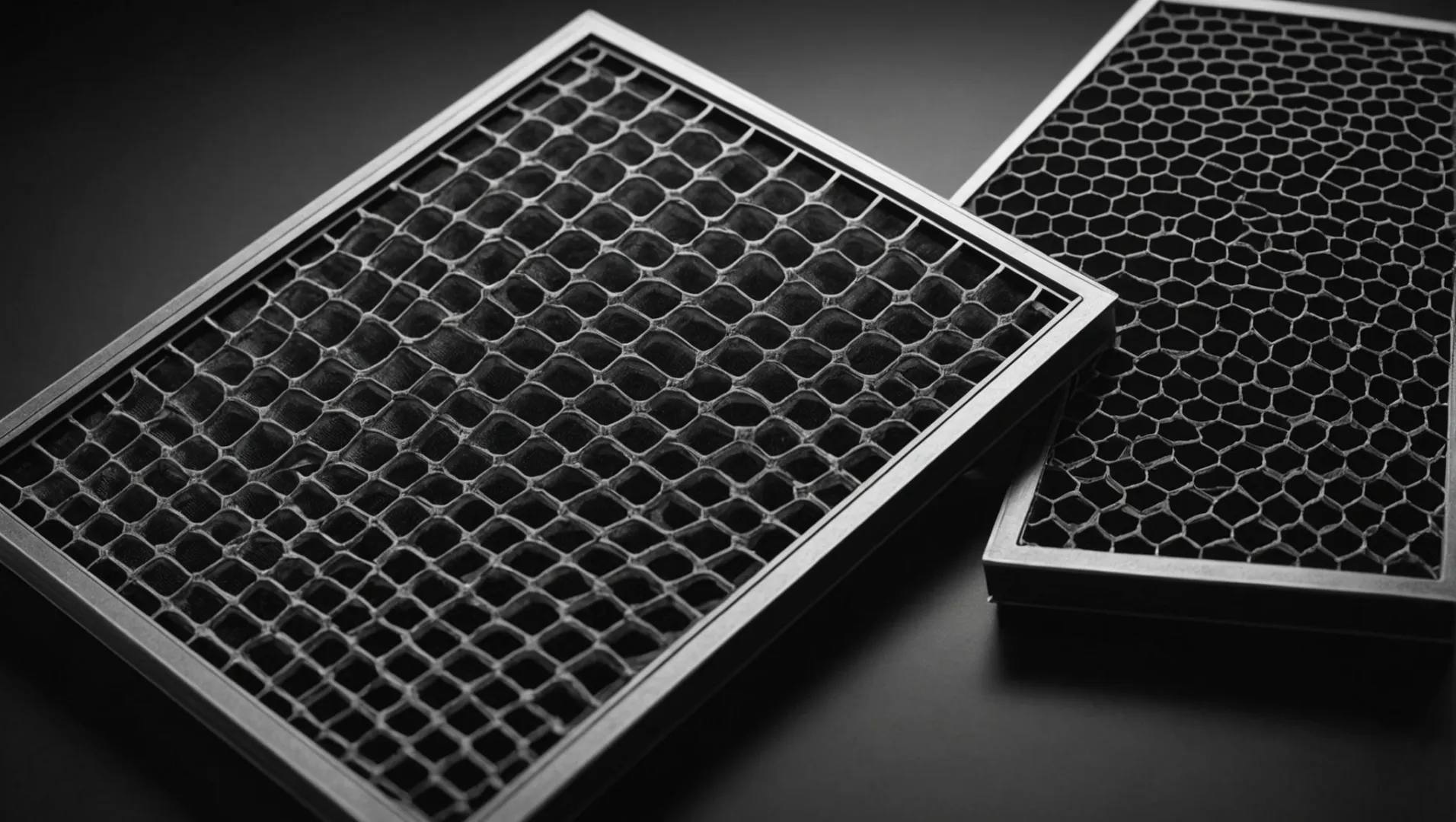
Já deu por si a espirrar dentro de casa e a culpar o pólen lá fora? Talvez seja altura de verificar os filtros do purificador de ar!
Para prolongar a vida útil dos filtros do seu purificador de ar, aspire regularmente o pó do pré-filtro, opte por filtros de qualidade superior CCM e escolha modelos com opções laváveis. Ajuste o calendário de substituição com base no seu ambiente para um desempenho ótimo.
Lembro-me que quando comprei o meu purificador de ar, fiquei surpreendido com a rapidez com que o filtro parecia precisar de ser substituído. Parecia que tinha acabado de o mudar! Depois, um amigo sugeriu-me alguns truques que fizeram toda a diferença.
Num fim de semana, armado com o meu fiel aspirador portátil, decidi dar uma boa limpeza ao pré-filtro. Foi estranhamente satisfatório ver todo aquele pó desaparecer, sabendo que estava a poupar dinheiro e a melhorar a qualidade do ar da minha casa.
Desde então, tenho sido mais consciente na escolha de purificadores com filtros mais duradouros, como os mais sofisticados e mais caros. CCM uns. E quando os tempos são difíceis, todos os bocadinhos ajudam, certo? Estes passos não só mantiveram a minha casa mais fresca, como também me fizeram sentir uma poupada.
A manutenção atempada prolonga a vida útil do filtro do purificador de ar.Verdadeiro
A limpeza e manutenção regulares evitam a acumulação de pó, prolongando a vida útil do filtro.
Todos os purificadores de ar têm o mesmo calendário de substituição do filtro.Falso
Os calendários de substituição variam consoante o ambiente e a qualidade do ar.
Que medidas de manutenção podem ser tomadas regularmente?
Sabe aquela sensação de satisfação quando tudo está a funcionar bem e de forma eficiente? Essa é a magia da manutenção regular, e aqui está como a pode alcançar.
Para manter os seus aparelhos em boa forma, limpe ou substitua regularmente os filtros, aspire os componentes e invista em materiais de qualidade. Estas acções ajudam a evitar avarias inesperadas e aumentam a eficiência, prolongando a vida útil do seu equipamento. Manter-se a par destas tarefas garante que os seus pertences permanecem nas melhores condições.
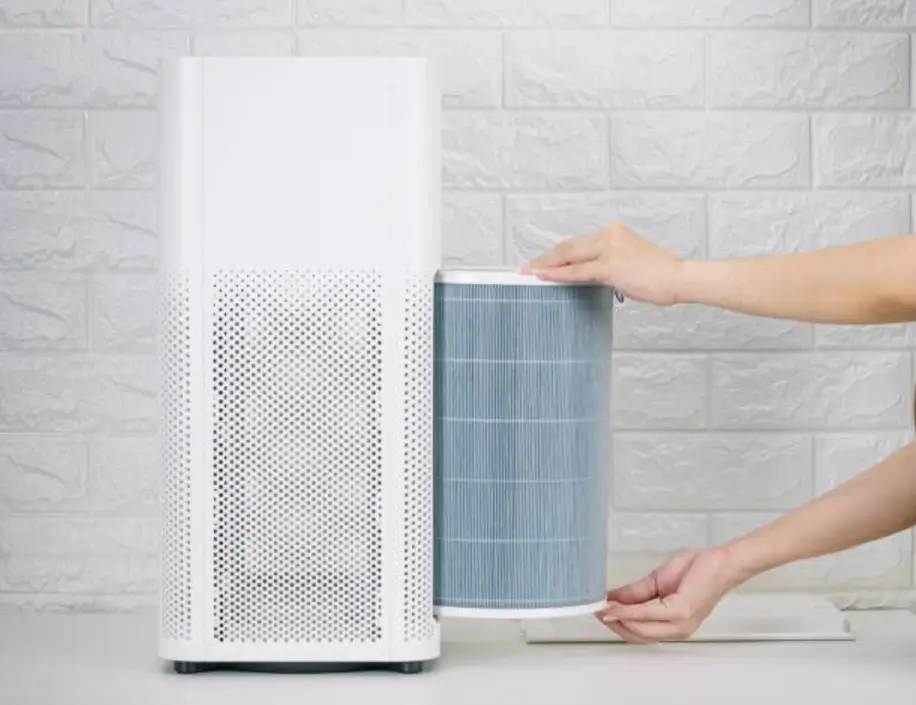
Limpeza e substituição regular do filtro
Aprendi da maneira mais difícil que ignorar a manutenção dos filtros pode tornar-se num descuido dispendioso. Uma vez, negligenciei os filtros do meu purificador de ar durante meses, pensando que não era nada de especial. Mas, pouco tempo depois, o ar ficou abafado e apercebi-me do meu erro. Agora, faço questão de os limpar ou substituir regularmente.
A utilização de um aspirador portátil tornou-se a minha escolha para melhorar os pré-filtros. É uma tarefa simples que pode prolongar a sua vida útil de forma notável. Além disso, criei um calendário de substituição1 adaptados ao ambiente único da minha casa. Confie em mim, vale a pena desviar-se dos padrões genéricos da indústria quando se considera os benefícios a longo prazo.
Opte por filtros de qualidade
No início, pensei que todos os filtros eram praticamente iguais. Enganei-me redondamente! Investir em opções de alta qualidade, como os filtros CCM Os filtros HEPA em modelos como os da série Shark NeverChange pouparam-me muito tempo e aborrecimentos. Estes filtros não precisam de ser trocados com frequência, o que é um grande alívio quando a vida é agitada.
Mesmo em tempos de crise financeira, marcas como HisoAir2 oferecem soluções inovadoras que prometem longevidade e eficiência. São um fator de mudança se pretende poupar dinheiro e, ao mesmo tempo, manter os seus dispositivos em perfeitas condições.
Considerar filtros laváveis
Descobrir os filtros laváveis foi como encontrar uma arma secreta na luta contra o desperdício e a ineficiência. Estas belezas foram concebidas para serem limpas e reutilizadas, o que não só prolonga a sua vida útil como também reduz o desperdício. Descobri que escolher purificadores de ar com opções laváveis é uma forma fantástica de maximizar o meu investimento.
Regularmente manutenção destes filtros3 tornou-se uma segunda natureza para mim, assegurando que a qualidade do ar da nossa casa está sempre no seu melhor. É reconfortante saber que não estou apenas a proteger a minha saúde, mas também a fazer escolhas conscientes do ponto de vista ambiental.
Adotar uma manutenção regular significa compreender o que os seus dispositivos precisam e quando precisam. Ao seguir estes passos, verá que a gestão da manutenção do seu equipamento se torna uma segunda natureza, garantindo o seu desempenho ótimo e uma maior duração.
Os filtros HEPA duram 4400 horas em todas as condições.Falso
O tempo de vida útil do filtro varia consoante a qualidade do ar; 4400 horas é uma estimativa padrão.
Os filtros laváveis podem prolongar a vida útil do purificador de ar.Verdadeiro
A limpeza dos filtros laváveis reduz o desgaste, prolongando a vida útil do aparelho.
Como é que o ambiente afecta o tempo de vida dos filtros?
Já se interrogou porque é que o seu filtro de ar parece desgastar-se mais depressa do que o previsto? Tem tudo a ver com o seu ambiente.
O seu ambiente desempenha um papel crucial na duração do seu filtro de ar. Factores como a qualidade do ar, os níveis de poluição e a humidade podem ter um impacto significativo na sua vida útil. Os filtros em áreas altamente poluídas ou poeirentas precisam de ser substituídos com mais frequência do que os filtros em ambientes mais limpos. A monitorização destas condições ajuda a otimizar o momento de substituir o seu filtro, garantindo uma melhor qualidade do ar e eficiência de custos.
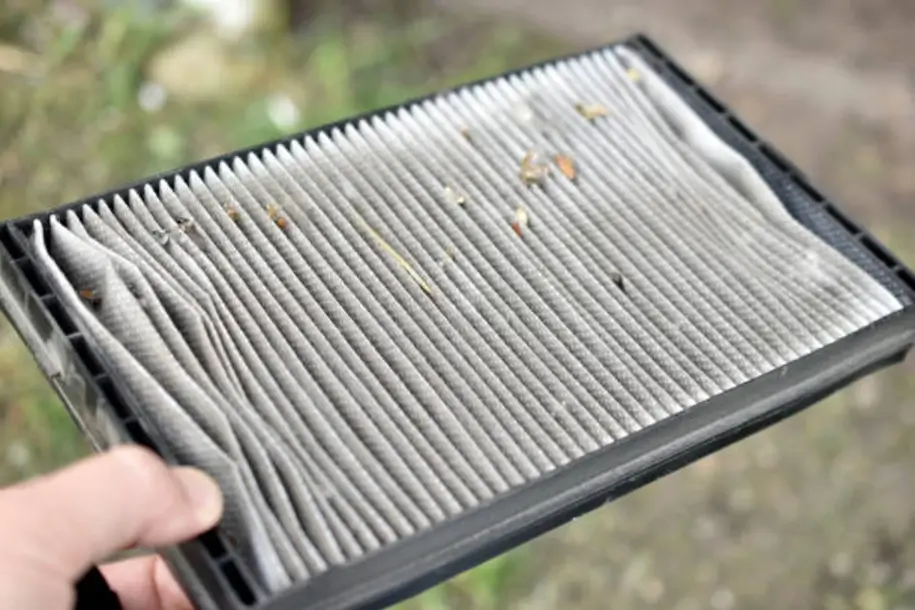
Impacto da qualidade do ar
Deixem-me contar-vos a minha experiência quando me mudei para a agitada cidade. Reparei que o meu filtro de ar precisava de ser mudado com mais frequência do que quando vivia no campo. Os ambientes urbanos, com os seus elevados níveis de poluição, podem entupir os filtros mais rapidamente devido a aumento das partículas em suspensão4. Em contrapartida, as zonas rurais, onde o ar é mais fresco e mais limpo, podem permitir intervalos mais longos entre as substituições dos filtros.
Influência dos níveis de humidade
A humidade é outro jogador silencioso neste jogo. Lembro-me de um verão particularmente abafado em que o meu filtro de papel parecia ter desistido de mim. A humidade elevada pode fazer com que os filtros se degradem mais rapidamente, promovendo o crescimento de bolor, o que reduz a sua eficiência. Aprendi que a utilização de filtros concebidos para lidar com a humidade em tais ambientes pode ser benéfica.
O papel das actividades em espaços interiores
Cozinhar em casa é uma das minhas actividades favoritas, mas apercebi-me que introduz partículas extra no ar. A limpeza e a manutenção regulares, como a utilização de um aspirador portátil com pré-filtros, podem aumentar a eficácia dos seus filtros. Este pequeno aparelho tornou-se a minha escolha para gerir o pó sem ter de mudar frequentemente de filtro.
Escolher o purificador de ar certo
Investir num purificador de ar com filtros avançados, como a série Shark NeverChange, foi uma mudança decisiva para mim. Com uma taxa de fornecimento de ar limpo mais elevada (CADR) e elevada CCM Com filtros HEPA, estes purificadores oferecem soluções de maior duração. Explorar diferentes modelos5 que correspondam às suas condições ambientais específicas é uma escolha sensata.
Filtros laváveis como solução económica
Deparei-me com filtros laváveis como uma alternativa económica. Estes são particularmente úteis em áreas com níveis de poluição flutuantes. Permitem uma manutenção fácil e períodos de utilização mais longos sem custos recorrentes de substituição. Esta abordagem não só poupa dinheiro, como também se alinha com práticas ecológicas, algo que me preocupa profundamente.
Os filtros HEPA duram mais tempo em ambientes menos poluídos.Verdadeiro
Os níveis de poluição afectam a vida útil do filtro; um ar mais limpo prolonga o tempo de utilização.
Os filtros laváveis reduzem o custo de manutenção do purificador de ar.Verdadeiro
Os filtros reutilizáveis reduzem os custos de substituição, poupando dinheiro ao longo do tempo.
São mais elevados CCM Os filtros HEPA valem o investimento?
Uma vez dei por mim a espirrar descontroladamente, rodeado por um nevoeiro de pó. Foi nessa altura que comecei a perguntar-me sobre aqueles CCM Filtros HEPA.
Mais alto CCM Os filtros HEPA prometem uma vida útil mais longa e uma melhor eficiência, levando a menos substituições e a uma melhor qualidade do ar. O seu valor depende das suas necessidades específicas e do ambiente, podendo poupar dinheiro e garantir um ar mais limpo.
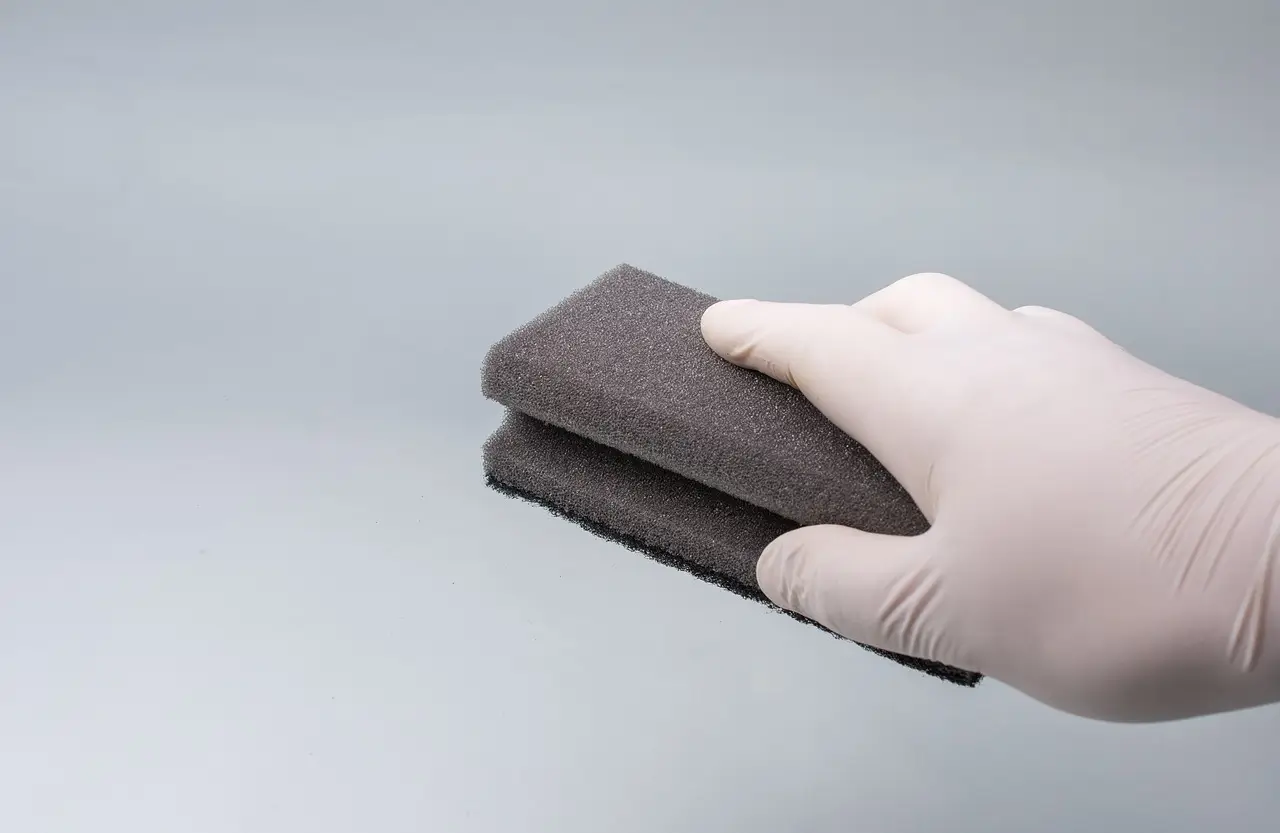
Compreensão CCM em Filtros HEPA
Lembro-me da altura em que tomei conhecimento da Massa Limpa Acumulada (CCM) numa oficina velha e poeirenta. Foi como descobrir uma arma secreta contra o pó! Essencialmente, CCM mede a quantidade de pó que um filtro consegue reter antes de começar a falhar. Pense nisso como a capacidade da sua mochila - mais espaço significa menos viagens de volta ao cacifo. Mais alto CCM podem reter mais pó e partículas, o que significa que são os corredores de maratona dos filtros de ar e não os velocistas. Esta longevidade traduz-se num menor número de substituições e em custos de manutenção potencialmente mais baixos ao longo do tempo. É um sonho para aqueles de nós que não querem ser lembrados a cada poucos meses que é altura de mudar o filtro novamente.
A análise custo-benefício
Agora, vamos falar de dinheiro. Todos nós conhecemos o choque inicial quando compramos algo que é suposto durar mais tempo. A minha avó dizia sempre: "Compra barato, compra duas vezes", e talvez tivesse razão. Mais alto CCM Os filtros HEPA podem custar-lhe um pouco mais, mas tendem a durar mais tempo, o que significa menos substituições. Para quem vive numa cidade movimentada ou trabalha a partir de um escritório em casa, rodeado de fumos de trânsito e pólen, estes filtros podem ser um fator de mudança.
Impacto na qualidade do ar
É aqui que isto se torna pessoal: o ar puro não tem apenas a ver com conforto; tem a ver com saúde. Tenho familiares que não conseguem passar um dia sem os seus inaladores, por isso compreendo a importância de manter uma qualidade de ar superior. Superior CCM Os filtros HEPA são excelentes na captura de poluentes, o que é crucial se estiver a sofrer de alergias ou problemas respiratórios. Com o tempo, respirar melhor pode levar a melhores resultados em termos de saúde e a um ambiente de vida mais confortável. Melhoria da qualidade do ar6 valem cada cêntimo se significarem dias mais saudáveis.
Comparação de marcas e tecnologias
Quando andava à procura de um purificador de ar, deparei-me com marcas como a Shark e a HisoAir, que são campeãs de vendas CCM tecnologia. Oferecem filtros que afirmam ter uma vida útil alargada e um desempenho melhorado. É como escolher entre um café comum e a sua bebida artesanal favorita. Verifique se o seu purificador de ar suporta estes filtros avançados, porque alguns deles até vêm com pré-filtros laváveis, que prolongam ainda mais a vida útil e a eficiência do filtro. Comparar marcas7 para encontrar caraterísticas que se adaptem ao seu estilo de vida.
No final, o que importa é o que se adequa às suas necessidades específicas. Ao ponderar estes factores, pode decidir se é possível obter um preço mais elevado. CCM Os filtros HEPA são a sua melhor aposta para poupanças a longo prazo e um ar mais limpo. Tal como qualquer investimento inteligente, vale a pena ter em conta o seu ambiente pessoal e os padrões de utilização antes de o fazer. Não se esqueça de verificar as especificações e análises do produto para garantir a compatibilidade com a sua situação.
Os filtros HEPA duram 4400 horas em todas as condições.Falso
O tempo de vida útil do filtro varia consoante a qualidade do ar; 4400 horas é um guia geral.
Os filtros HEPA CCM mais elevados prolongam a vida útil do filtro.Verdadeiro
Os filtros CCM mais elevados captam mais partículas, aumentando a longevidade.
Deve considerar filtros laváveis para uma maior longevidade?
Já pensou se a mudança para filtros laváveis poderia ser a chave para um purificador de ar mais duradouro?
Os filtros laváveis constituem uma opção ecológica e amiga da carteira em relação aos filtros descartáveis, aumentando potencialmente o tempo de vida útil com uma manutenção adequada. Reduzem os resíduos e diminuem a frequência de substituição, o que os torna uma opção sustentável a longo prazo. No entanto, o seu desempenho depende de uma limpeza consistente e das condições específicas em que são utilizados.

Compreender os filtros laváveis
Sempre tive curiosidade em saber como fazer com que os meus aparelhos durassem mais tempo - especialmente algo tão crucial como um purificador de ar. Quando ouvi falar pela primeira vez em filtros laváveis, fiquei intrigado com a ideia de os reutilizar várias vezes em vez de os deitar fora como os tradicionais filtros descartáveis. Estes filtros são fabricados com materiais como espuma ou fibras electrostáticas que fazem um excelente trabalho a reter as partículas. O que mais me agrada é a forma como ajudam a reduzir o desperdício; menos filtros a acabar em aterros é uma vitória para a Mãe Terra, o que faz deles um escolha amiga do ambiente8. É certo que o custo inicial pode ser um pouco superior ao dos descartáveis, mas vale a pena considerar os benefícios a longo prazo.
Custo-eficácia e manutenção
Deixem-me falar-vos da altura em que me apercebi de quanto dinheiro podia poupar se utilizasse filtros laváveis. Inicialmente, não gostei do custo inicial, mas depois pensei na frequência com que teria de substituir os filtros descartáveis. É espantoso como estas poupanças se podem acumular! No entanto, a manutenção adequada é fundamental - a limpeza regular com água e detergente suave faz toda a diferença. Negligenciar isto pode levar a uma redução da qualidade do ar e da eficiência. A manutenção regular também evita o crescimento de bolor e bactérias, aumentando a vida útil do filtro.
Impacto ambiental
Optar por filtros laváveis é um passo pequeno, mas significativo, para reduzir a minha pegada ambiental. À medida que nos tornamos mais conscientes das alterações climáticas, é reconfortante saber que estou a contribuir para reduzir o desperdício. Optar por filtros laváveis alinha-se perfeitamente com o meu objetivo de viver um estilo de vida mais consciente do ambiente. Reduzir os resíduos9 está de acordo com os valores de muitos consumidores actuais.
Considerações sobre o desempenho
Embora os filtros laváveis façam maravilhas para o pó em geral e as partículas maiores, descobri que podem não ser os melhores para as partículas superfinas, como o pólen ou o fumo. Por conseguinte, é essencial compreender as suas necessidades específicas em termos de qualidade do ar antes de tomar uma decisão. Se tiver problemas graves de qualidade do ar em casa, poderá precisar de uma combinação de pré-filtros laváveis e filtros secundários HEPA.
Tomar uma decisão informada
Quando se trata de escolher filtros laváveis, há vários factores que tenho em mente - como a qualidade do ar local e a quantidade de manutenção que estou disposto a fazer. Passei inúmeras horas a ler comentários de utilizadores e opiniões de especialistas para obter mais informações. Algumas marcas estão a melhorar o seu jogo, oferecendo tecnologias avançadas que aumentam o desempenho dos filtros laváveis, tornando-os quase tão competitivos como as opções tradicionais. Verificar feedback dos clientes10 ajudou-me realmente a perceber se esta é a escolha certa para as minhas necessidades específicas.
Os filtros laváveis aumentam a vida útil do purificador de ar.Verdadeiro
A limpeza regular dos filtros laváveis reduz a acumulação de pó, aumentando a eficiência.
Os filtros HEPA duram exatamente 4400 horas em todas as condições.Falso
O tempo de vida útil do filtro varia consoante a qualidade do ar; 4400 horas é uma norma geral.
Conclusão
Prolongue a vida útil do filtro do seu purificador de ar limpando regularmente os pré-filtros, escolhendo filtros mais altos CCM filtros HEPA e optando por opções laváveis para melhorar a eficiência e poupar custos.
-
Saiba como personalizar os horários de substituição dos filtros para melhorar a eficiência. ↩
-
Explore como a tecnologia HisoAir pode prolongar a vida útil do filtro e reduzir os custos. ↩
-
Descobrir técnicas para limpar e manter eficazmente os filtros laváveis. ↩
-
Compreender como a poluição urbana acelera o desgaste dos filtros e afecta o seu desempenho. ↩
-
Explore purificadores adaptados a condições específicas para melhorar a qualidade do ar. ↩
-
Saiba como a qualidade superior do ar tem impacto na saúde e no conforto. ↩
-
Descubra quais as marcas que oferecem opções fiáveis de filtros de CCM elevado. ↩
-
Explore as vantagens ambientais da utilização de filtros de ar laváveis. ↩
-
Saiba como estes filtros contribuem para reduzir os resíduos ambientais. ↩
-
Descubra experiências reais de utilizadores com filtros de ar laváveis. ↩


